Introduction
A story is told of a Japanese man who walked to a currency exchange counter to convert his dollars into yens in a US airport while waiting for a Japan-bound flight. The man counts the money he receives and immediately starts fuming. He says, “When I landed here last week, my yen gave me more dollars. I smell fraud in here!” “Fluctuations, Sir!” the woman at the counter answered.
Well, the Japanese man could have saved himself a lot of trouble, and embarrassment to boot, had he educated himself on the exchange rate fluctuations. We have prepared this informative guide to help you avoid similar encounters.
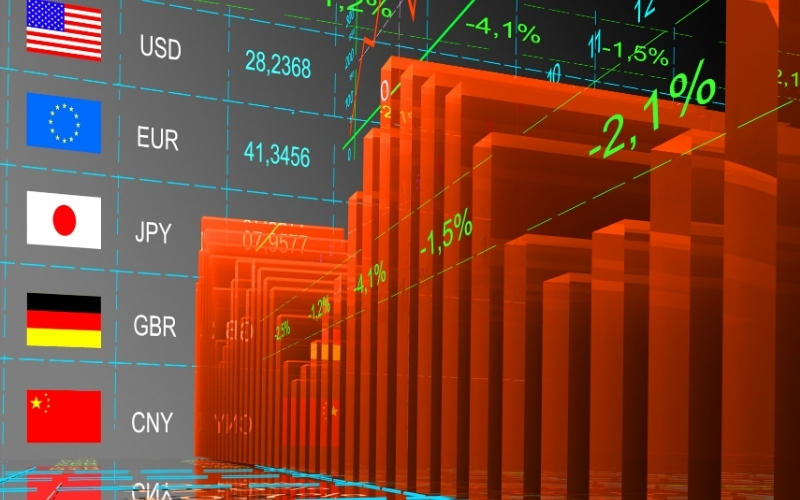
Exchange rate risk explained
If you are a foreign exchange (forex) trader or have investment interests abroad, you cannot run away from exchange rate risk. What exactly is this risk? Exchange rate risk is the potential loss that one faces arising from fluctuations in one currency’s exchange rate to another. When moving money across borders, one has to convert one currency into another, and along the way, exchange rate differential may lead to losses.
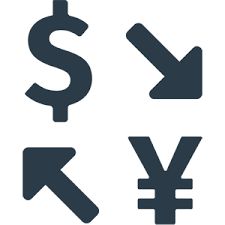
Let us backtrack a little to our Japanese friend at the currency exchange counter. We shall dissect his plight and hope that you understand the exchange rate risk in the end. He insisted that his yen earned more dollars than what he got at the counter, meaning the exchange rate of the Japanese yen (JPY) against the USD was higher than at the moment he walked up to the currency converter’s counter.
Let us assume the USD/JPY exchange rate was 102.99 the week the Japanese man landed in the United States. If he had 10,000 yens to exchange, he would have taken $97.10. However, exchange rate fluctuations in favor of the USD resulted in a more expensive greenback relative to the JPY, say a USD/JPY rate of 103.84. Changing the same 10,000 yens this time would yield $96.30.
How it works
The plight of our Japanese friend gives a crucial glimpse into how exchange rate risk operates. Exchange rate fluctuations are commonplace because of various factors, but the most significant one is interest rates. High interest rates within an economy increase the demand for the economy’s currency, which leads to its value climbing against rivals.
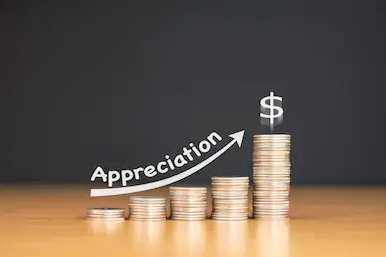
Other factors that could lead to an appreciating currency include positive economic data, comments by central bank officials, etc. The relationship between two currencies is such that when one currency appreciates for whatever reason, the other automatically depreciates. When one currency depreciates, the other one automatically appreciates.
Take an investor based in the US who has assets priced in JPY. When the greenback is surging, the JPY’s value erodes, meaning his JPY-priced assets will depreciate. If the investors had shorted the USD/JPY pair, an appreciating USD would make the market turn against his position. In all these cases, the investor ends up with a loss in his hands.
Mitigating exchange rate risk
The bad news is that you cannot avoid exchange rate risk but, fortunately, tricks are there for mitigating the risk. Below are the ways for you to protect your investments from exchange rate risk.
Hedge your positions
Having foreign assets in your portfolio is a good thing, especially when your home currency depreciates against the other currencies. All of a sudden, the cheaper currency makes your foreign assets more valuable. When the opposite happens, your assets will erode in value, and sometimes the pain could be too much to handle.
A popular method to hedge against exchange rate risk is by investing in an exchange-traded fund (ETF). An ETF comprises a collection of securities bundled together and offered as one item you can buy and sell over an exchange, much like you can do with shares of a company. Many issuers offer hedged ETFs, which means exchange rate fluctuations cannot affect their returns. An excellent example of such an ETF is the MSCI EAFE ETF.
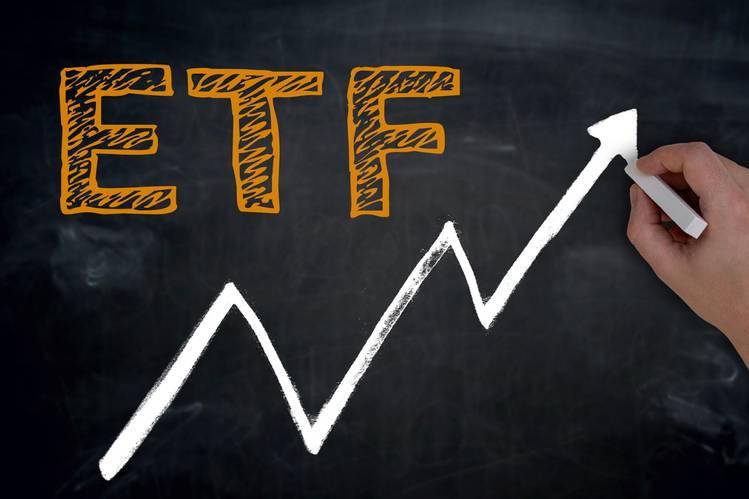
Prioritize currencies from high-interest rate economies
Countries with high interest rates are a massive attraction for creditors looking for higher returns. Also, the high-interest rates mean that you can earn a good return by holding the currency in a bank account.
Furthermore, high interest rates often indicate a growing economy and a higher likelihood of the currency appreciating in the future. Therefore, prioritizing currencies from high-interest rate economies could cushion you from possible exchange rate fluctuations.
Use currency forwards
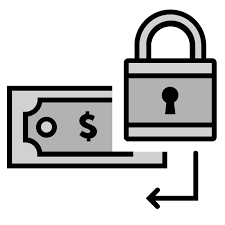
A currency forward contract refers to an agreement where two parties agree to trade currencies at a set date and a fixed exchange rate. Forwards are flexible as parties can customize them to address a particular need. How does the forward contract work?
Let us go back to the Japanese man at the beginning of this guide. When he landed in the US, the man could have initiated a forward contract with a broker that could have fixed the USD/JPY exchange rate at 102.99. A week later, the man would convert his 10,000 yens at 102.99 despite the current exchange rate being 103.84.
Use currency options
Currency options work in a way similar to forward contracts. Still, the difference is that in options, the investor is not under any obligation to buy/sell a currency at the agreed price when the contract expires. This kind of flexibility allows the investor to act only when the odds are in his favor.
Conclusion
Exchange rates do not always work in your favor, and it pays to have contingencies in place to hedge attendant risks. Usually, exchange rate fluctuations are random, and they strike when you least expect them.
Fortunately, investors can use various tricks to retain the value of their investments. They include hedging one’s bets by buying into hedged ETFs, focusing on currencies from high-interest rate economies, and initiating currency forwards.







Leave a Reply